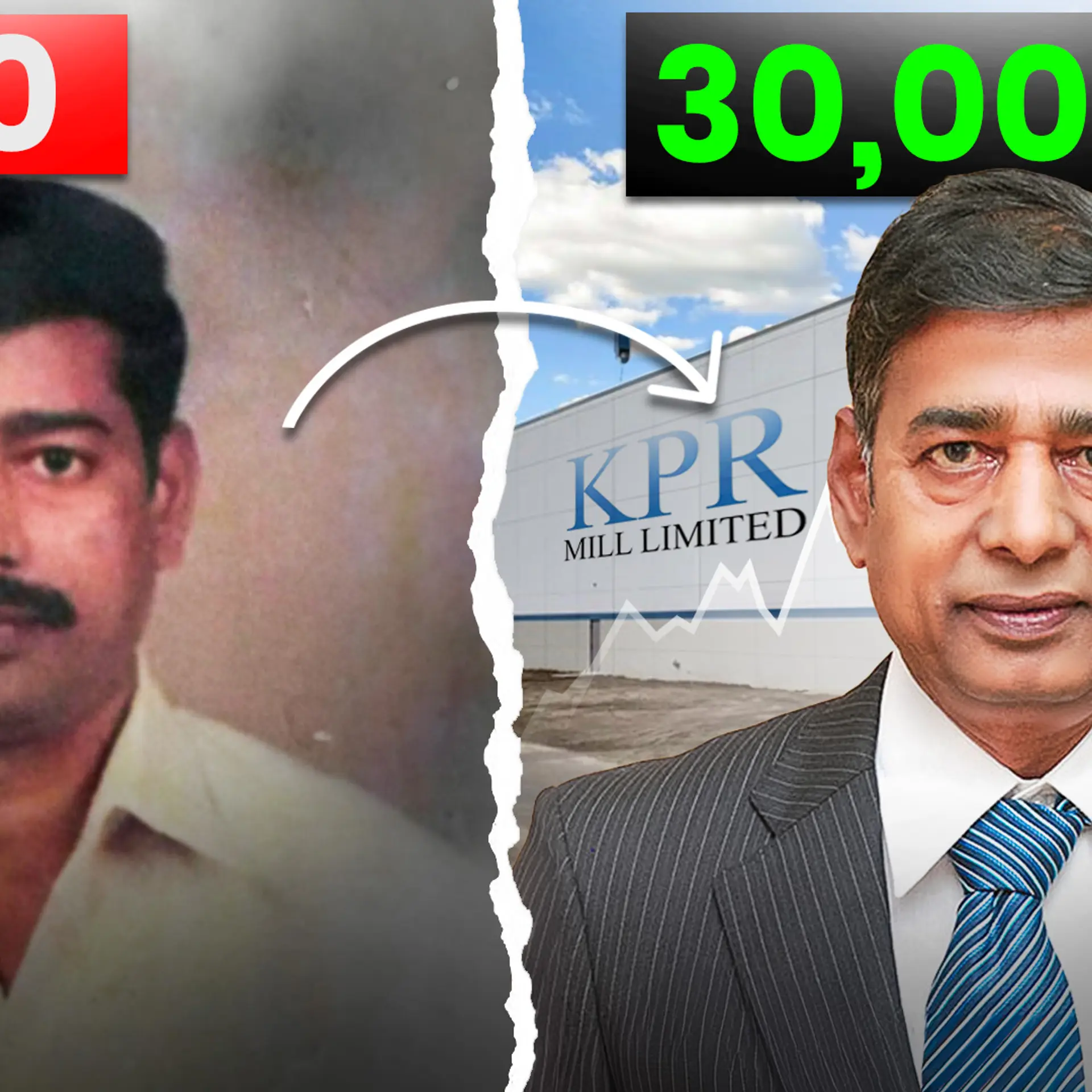Flipkart's 68pc rise in FY17 losses masks a tale of extreme cost control
Flipkart's Singapore filings for FY 2017 are out and the numbers show how unbridled ambition has had to be tempered with the realities of cost control.
"Show me the money."
Remember this iconic dialogue from the Tom Cruise, Cuba Gooding Jr and Renée Zellweger starrer Jerry Maguire? This is the line that comes to mind when one looks at the amount of money raised and spent by leaders Flipkart and Amazon.
The point of all that money being spent should be much greater revenues and, hopefully, profits at some point of time in the future. The company filings show just how far those profits seem.
Flipkart Group's Singapore filings for FY 2017 are out and the numbers show how unbridled ambition has had to be tempered with the realities of cost control. Revenues have gone up by 29 percent to Rs 19,854 crore, but the rise in losses was more dramatic at 68 percent, to Rs 8,771 crore.
The filing was shared by Paper.vc, data intelligence platform for the venture ecosystem.
Flipkart successfully tightens belt
However, the reason for this rise in loss is the slashing of Flipkart's valuation. As financial daily The Economic Times notes the "fair value loss on derivative financial instruments" stood at Rs 3,412 crore in FY17. The finance costs had risen from Rs 806.2 crore in FY2016 to Rs 4,308.6 crore in FY2017.
If we remove this number then Flipkart's loss would have risen only by 2.4 percent. This shows that Flipkart, which went into belt-tightening mode in 2016, has managed to keep costs at check. For instance, employee expenses (salaries etc) and advertising and marketing expenses went up by just under 10 percent each.
We need to remember that this filing covers FY17. A quick recap: in 2016, Flipkart was struggling to raise funds; Co-founder Binny Bansal had become the CEO in early 2016, only to be replaced by Kalyan Krishnamurthy in early-2017; the focus that whole year was to keep costs downs and the news about the company was primarily about various investors marking down the company's valuations.
What's interesting and is good news is that Flipkart actually kept the costs down and managed to post growth. Yes, in FY2017 Amazon almost ran away with the e-commerce market, with the Seattle-based behemoth beating Flipkart in gross sales in July, August and September of 2016 (Read this article for details on the issues Flipkart faced in 2016) But, importantly, Flipkart lived to fight another day.
Picture abhi baki hai
The more worrying statistic for Flipkart is the slowing rate of revenue growth. FY17's rate at 29 percent is much lower than what was registered in FY15, at 50 percent.
This is not surprising for two reasons--one the revenue base has grown, and so percentage growth will be lower and, two, online retail is growing at a much slower pace. In 2015, the e-commerce industry grew at the rate of 180 percent but in 2016 grew at only 12 percent, according to data from advisory firm RedSeer Consulting.
In 2017 the industry growth rate is pegged at a little over 23 percent.
Now, much has changed since March 2017. Most importantly Flipkart has raised almost $4 billion from a slew of deep-pocketed investors, led by the biggest and 'baddest' of them all: SoftBank. It isn't surprising then that Flipkart has put its foot on the growth pedal since then. It has launched two big categories--furniture and grocery--in the second half of 2017.
The company, according to multiple sources YourStory spoke to, is focusing on improving the range of selection it has. Amazon has much better breadth and depth in selection. The Bengaluru-based company is continuing to spend on its logistics network and is making investments in technology as it leverages the massive pile of consumer data it is sitting on to tailor offerings, ranging from schemes like no-cost EMIs, to launching a large variety of private labels across fashion, furniture and appliances categories. Most of these new offerings are aimed at improving affordability of products without offering too many actual discounts.
Estimates put the cash burn rate, which includes all the marketing and discounting that marketplaces do to attract customers, at about 12-15 percent of Gross Merchandise Value (GMV).
The biggest focus of the spends will be on acquiring new customers. A certain amount of saturation has happened in the big cities, and e-commerce is now growing thanks to small-town shoppers. RedSeer data shows that e-tailers saw a 33-percent rise in monthly active shoppers in 2017, from 15 million in 2016 to 20 million last year. There was a 34-percent growth in number of shoppers from Tier-II towns, compared with 11 percent growth in metro shoppers.
The company will have to try different tactics like investing in offline stores to ensure expansion in Bharat.
It won't be surprising, then, if Flipkart's filings look very different this fiscal with higher spends and increased losses.
Don't forget Amazon
Amazon's December quarter results were also out earlier this week, and it beat expectations, with a profit of about $2 billion. Its international sales grew 29 percent to $18 billion; however, international operating losses doubled to $919 million in the quarter. This means the global e-commerce giant's international losses is at $3 billion. Most of this is thanks to its aggressive spending in India.
A The Economic Times report put Amazon's India cash burn at $120 million a month. Amazon India has received over $1 billion from its parent company so far this fiscal.
The company has been spending aggressively and in a wide range of areas, from logistics and fashion studio to original productions for Prime Video and investments into other companies like Shopper's Stop.
The company is not going to stop spending anytime soon. That is bad news for Flipkart, but good news for Indian e-commerce and online shoppers.







